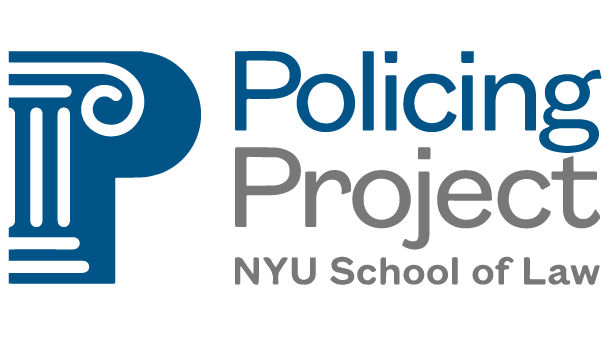In order for policing to be a shared endeavor between communities and police, the public needs access to the police department’s manual—the document that sets how officers are supposed to act in various situations. Being able to read and compare departmental policies is essential to evaluate how your community is being policed.
We’ve been tracking the manuals of police departments in the largest 200 U.S. cities for the last year and found that although the numbers are getting better, few departments present their policies in a way that truly is accessible and transparent.
Notably, we found this lapse was not limited to smaller cities (which often have smaller staff size and smaller budgets for their police departments). Several major U.S. cities, including Dallas, Detroit, El Paso, and Jacksonville also do not have their policing manuals posted online.
However, since we began tracking manual transparency in July 2019, the number of cities with their manuals online went up from 99 to 122 – a 23% increase!
Key Finding #2: Statewide legislation is an effective way to ensure that policing agencies post their manuals online.
Overwhelmingly, the cities that added their manuals online in the last year were in California. No doubt that occurred because the state passed legislation requiring policing agencies to put their manual online by January 1, 2020.
Key Finding #3: In some places, for-profit corporations have an outsized role in policy setting, perhaps even more so than the communities police serve.
Among the cities in our survey that posted their manuals online, 25% purchased much, if not all, of the manual from Lexipol, a private company that has written "standardized," off-the-shelf policies for purchase.
In fact, building on recent research from Ingrid Eagly & Joanna Schwartz at UCLA, our team found 90% of the largest California cities (including the vast majority of the agencies that recently uploaded their policies to their websites) use a purchased Lexipol manual — as do more than 3,000 agencies in the country.
Facilitating public access to the policing manual is the first step towards democratic accountability, but the public must also have a meaningful voice in setting those policies. There’s no problem with policing agencies getting outside help, but when it comes to setting department policy, an off-the-shelf policy manual is no substitute for meaningful democratic engagement and public input.
Key Finding #4: Of the manuals posted online, 79% are not adequately accessible.
Among the 122 cities that posted their manuals online, only 21 met our baseline standard for accessibility.
What do we mean by full transparency? We evaluated the manuals posted online for six core components we believe are needed to ensure the public can find and understand the manual:
2. The manual is posted in its entirety.
3. It is possible to search across the entire manual.
4. The manual has a clear navigational framework.
5. All policies are dated, especially as to their most recent revision.
6. The manual text is machine-encoded.
But we consider these six criteria to be the minimum every city should achieve when it comes to its police manual. Agencies should always strive for better.
For cities that aspire to take their manuals beyond the basics, we offer a guide to get you started.










 Which cities have the most transparent manuals?
Which cities have the most transparent manuals?